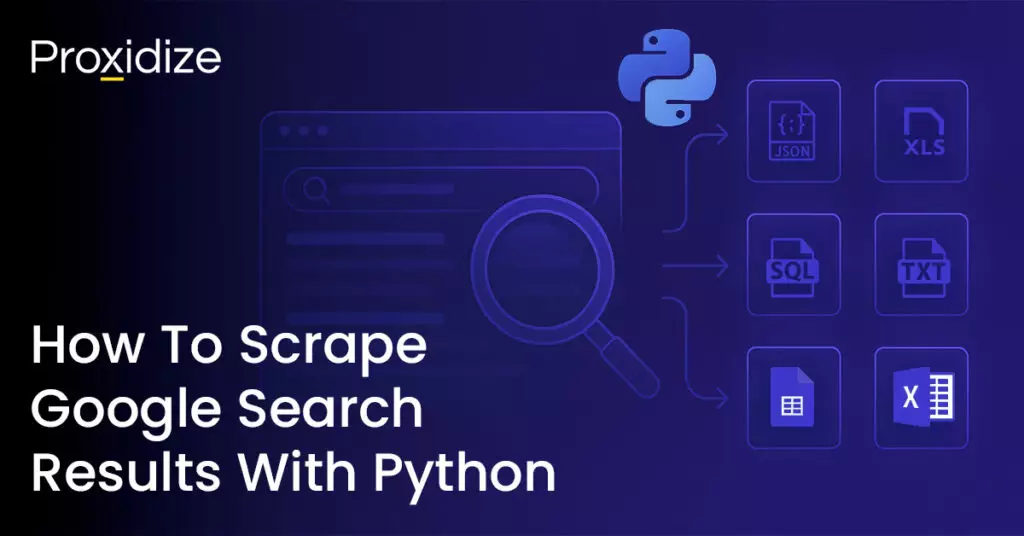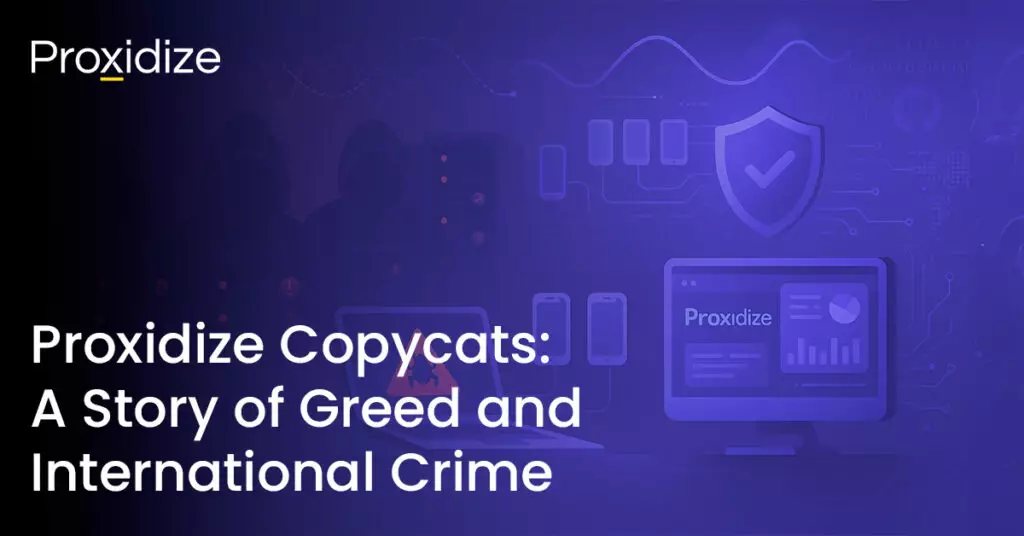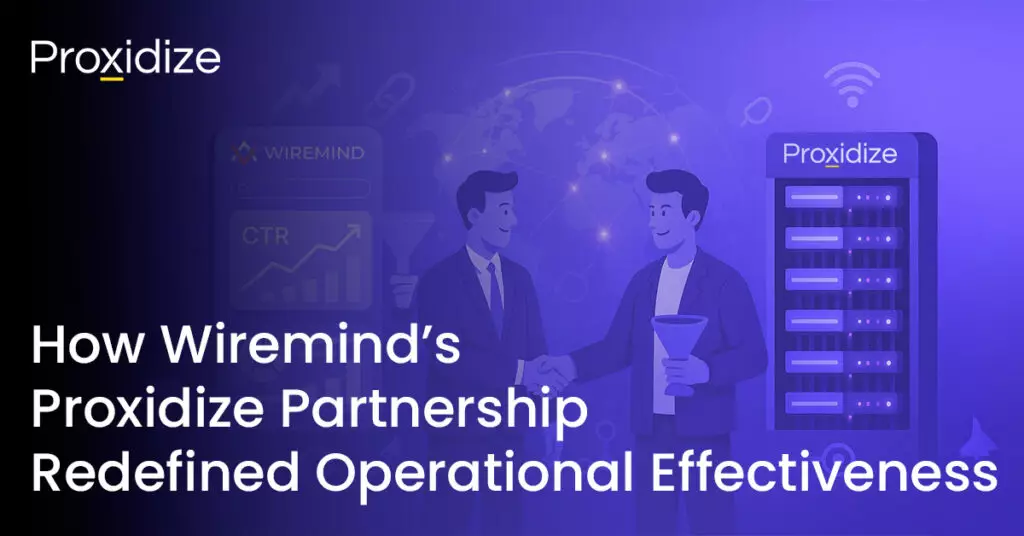In this article, we’ll be breaking down the differences (and overlaps) between Software as a Service (SaaS) and Data as a Service (DaaS). SaaS emerged in the early oughts, with Salesforce being the first big SaaS platform, offering on-demand software without needing to be installed locally or maintained.
DaaS grew out of the market that SaaS created, as the need for access to data rapidly increased. As businesses adopted cloud-based software for customer relationship management, productivity, and analytics, to name a few applications, they quickly encountered a new challenge: Your tools are only as powerful as the data they have access to.
SaaS normalized the notion of subscription-based cloud services and created the environment for the next step: cloud-delivered data. DaaS grew to fill that need by offering scalable, real-time access to data via APIs. With a sudden influx of data, companies could suddenly power advanced analytics, engage in predictive modeling, and automation without building data pipelines from scratch. Let’s get into it.
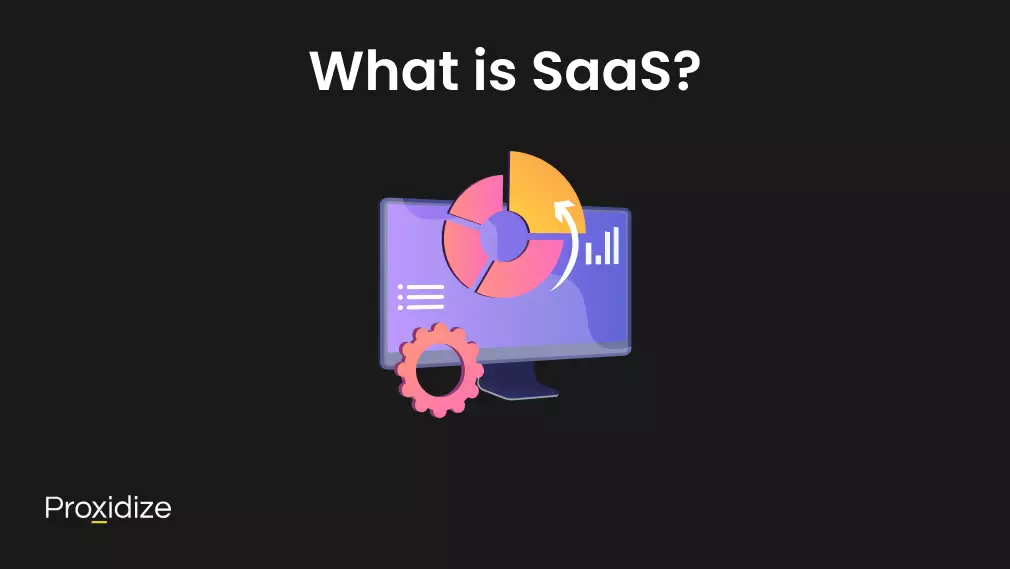
What is SaaS?
Software as a Service (SaaS) refers to software applications delivered over the internet via a subscription model. Users access these tools through web browsers or mobile apps without needing to install or maintain any local infrastructure. SaaS removes the burden of premises infrastructure, offering a cloud-based platform that includes maintenance, updates, and security measures managed by the service provider.
SaaS enables a variety of services that support sales teams, customer service departments, revenue teams, and beyond. From Google Analytics to CRMs and project management tools, SaaS applications support day-to-day business processes by providing ready-to-use tools built for scale and usability.
Key Benefits of SaaS
- Cost Efficiency: Eliminates large capital expenditures in favor of predictable, monthly operational costs.
- Operational Efficiency: Minimal setup with instant real-time access to tools and collaboration features.
- Automatic Updates: Providers push updates and patches to all users, ensuring security and consistency.
- Security & Compliance: Centralized systems undergo regular security audits and maintain compliance with industry standards.
- Scalability: Easily add or remove users and features without hardware constraints.
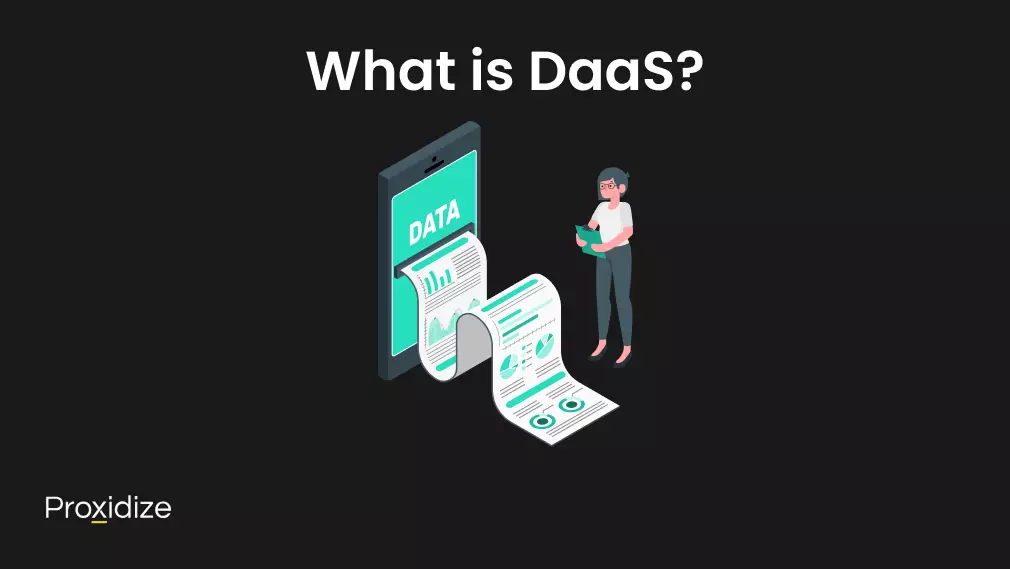
What is DaaS (Data as a Service)?
Data as a Service (DaaS) is a cloud-based system that delivers data on demand through application programming interfaces (APIs), eliminating the need for users to collect, store, or process data themselves. DaaS providers offer real-time data or curated datasets drawn from a variety of sources, such as web scraping, sensors, financial feeds, and even public records.
Unlike SaaS, which offers tools, DaaS offers the raw material for insight—data itself. These cloud-based infrastructure services are increasingly foundational to predictive analytics, artificial intelligence, and business intelligence systems that depend on up-to-date, structured data to generate actionable insights.
Use Case Example: Proxy Providers in DaaS
A proxy provider may serve as a DaaS vendor by offering bandwidth-based access to websites or APIs — allowing businesses to collect data without facing IP bans or rate limitations. In this sense, the proxy acts as a backend source system that facilitates data delivery, supporting real-time orchestration and maintaining the capacity on source systems.
This infrastructure enables a wide range of data-related services, including market analysis, ad verification, and competitive intelligence, where uninterrupted data access is critical.
Key Benefits of DaaS
- Real-Time Data Access: Retrieve up-to-date data streams from external or proprietary sources.
- Advanced Analytics Enablement: Fuel AI-driven analytics, healthcare-grade analytics, or predictive modeling.
- Business Model Flexibility: Pay-per-use pricing, typically per GB or per API call, supports dynamic scaling.
- Centralized Data Management: Acts as a single source of truth, ensuring consistency across departments.
- Secure Delivery: Often includes advanced security measures such as encryption, workload isolation, and complete compliance lifecycle features.
DaaS vs SaaS Comparison Table
| Feature | SaaS | DaaS |
|---|---|---|
| Primary Offering | Functional software tools | Data streams or datasets |
| Target User | End-users (e.g., marketers, sales) | Developers, analysts, systems |
| Delivery Model | Web/mobile interface | API, download endpoint |
| Use Case Focus | Operations, communication, productivity | Data analysis, modeling, enrichment |
| Cost Model | Per-user subscriptions | Per-GB/API call, metered usage |
| Examples | CRMs, project tools, marketing suites | Web scraping APIs, demographic databases, proxies |
Both SaaS and DaaS enable smarter decisions, but the data lifecycle differs. SaaS delivers functionality built on data, while DaaS empowers companies to build their own business strategies by using third-party or proprietary data to generate business insights.
Can SaaS and DaaS Work Together?
Absolutely. Many modern systems are hybrid in nature: SaaS platforms often consume data via DaaS providers to enhance services. A sales dashboard, for example, may pull real-time consumer trends or demographic enrichment data via a DaaS API to improve customer experiences.
In healthcare, patient outcomes may be analyzed through SaaS dashboards that ingest data from DaaS solutions focused on care metrics. In eCommerce, analytical analysis platforms may combine DaaS-sourced web traffic data with SaaS-based campaign tools to fine-tune strategies.
Interoperability is a growing concern, however. As reliance on third-party providers increases, vendor lock-in, data portability, and compliance with privacy regulations must be carefully evaluated.
Conclusion: Choosing the Right Service Model
When it comes to making informed decisions about your cloud stack, understanding the differences between DaaS and SaaS is essential.
Key Takeaways
- SaaS offers ready-to-use applications for productivity, collaboration, and customer interaction.
- DaaS provides raw or processed data from a variety of sources, enabling deeper business intelligence and predictive analytics.
- Proxy providers can act as DaaS infrastructure, supporting secure and scalable data delivery.
- Combining SaaS and DaaS helps organizations deliver better customer service and agile operation through real-time data.
- Cloud-based service models reduce maintenance costs and enable businesses to scale without physical infrastructure.
SaaS delivers applications that simplify your business processes and enhance productivity. By comparison, DaaS fuels the engines of advanced analytics and AI, delivering the real-time insights needed for cutting-edge innovation. Choosing between them — or integrating both — depends on your business model, application roadmaps, and strategic goals.

